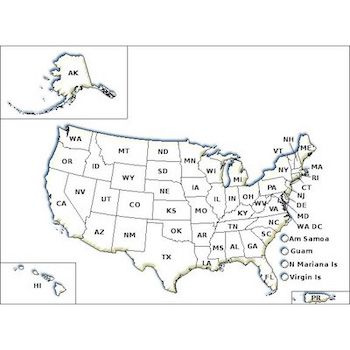Although many people enjoy seeing birds at feeders or deer in their yard, some wildlife can cause problems. Wildlife can upset homeowners if they stray into gardens or landscaped areas and cause damage. Wild animals can dig in gardens or under structures, damaging plants and property. Some animals may only cause problems during breeding season or when they raise young. Animals are drawn to gardens and yards because they provide food, water, or shelter. Wildlife can be very persistent, even if harassed. Changes to your yard or garden may be necessary to make your property less attractive to them.
Tips to prevent and deal with nuisance wildlife:
- Identify your pest first. Different species have very different habits and needs, which can help you choose a control strategy. Your local Cooperative Extension Service or state wildlife agency can help.
- Keep your garbage in a can with a tight-fitting lid that cannot be opened by animals.
- Bird feeders and suet blocks may attract raccoons, possums, or even bears. Store birdseed in a metal trashcan or another secure container.
- Squirrels CAN be excluded from bird feeders. Hang bird feeders where only birds can reach them. Decide if squirrel baffles or trick poles will work for your property.
- Birdbaths, fountains, or pet water bowls may attract unwanted wildlife, especially when water is scarce.
- Place birdbaths where wildlife cannot reach them or provide water away from the home to help discourage problem wildlife.
- Fencing, plant choice, and landscape design can help make your garden and yard less attractive to wildlife. Your Cooperative Extension Service or Master Gardener may have suggestions for your area.
- Sturdy fencing may be needed to protect plants in your garden or yard. Electric fencing may be helpful for persistent wildlife.
- If you choose to use a repellent, be sure the product can be used where and how you want to use it. Repellents for cats and dogs may be very different from those meant to repel deer and rabbits.
- Consider getting a professional involved. Someone with experience trapping and handling wildlife can be very helpful.
- Your county may have resources for 'animal control.' Consider contacting them to find out.
- Always read and follow the label when using a pesticide, including animal repellents. Mothballs cannot be used outside as animal repellents; always read the label.
Visit the "Learn More" tab for information about specific types of wildlife.
If you have questions about this, or any pesticide-related topic, please call NPIC at 800-858-7378 (8:00am - 12:00pm PST), or email us at npic@oregonstate.edu.



